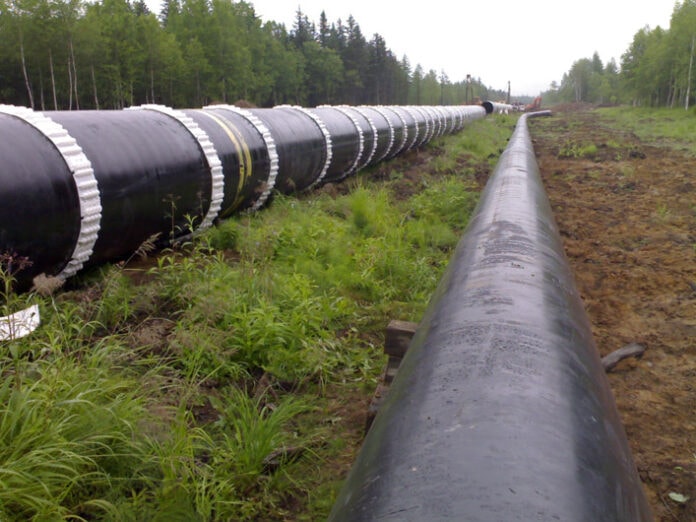Pipelines are usually used in the oil and gas industry to move crude oil and natural gas from the oilfield to the refining facilities where they can be converted into different valuable products such as fuels and petrochemicals.
However, with time, wax, debris, and other deposits start to build up on the pipeline’s walls.
This can decrease the pumping rates and increase pressures inside the pipeline. To remove this build-up and keep pipelines clean pigs or scrapers are used.
Pigs can also be used to clean and inspect piping at plants and refineries.
Don’t miss: How is Crude Oil Transported?
Pipeline Pigging
The name pig is a little confusing but it actually stands for pipeline inspection/intervention gadget/gauge.
Pigs come in various shapes and sizes depending on the job requirements but in most cases, they have cylindrical shapes. They are made of soft, durable materials such as rubber, plastic, or foam.
There are also gel-based pigs that are basically high-viscosity gel pills pushed down the pipeline.
These are often used in pipelines where conventional pigs cannot pass through due to the variable size of pipelines or internal restrictions.
Most modern pipelines are designed to allow the pigs to pass through however some older ones are not always solid pig friendly and that’s where gel pigs might be used.
Sometimes gel pigs are also used in combination with regular scrapper pigs to provide better pipeline cleaning or to coat it with a chemical layer.
The pigs are inserted into the pipeline through a launcher and sent down the pipeline to a receiver. Often special sensors are used to pinpoint the location of the pig in the pipeline.
The pigs are pushed down the pipeline by the energy of the fluid flowing through the pipeline.
As they travel, they clean the inside of the pipeline by removing debris, wax, and other deposits.
When the pig reaches the receiver, it is removed and examined before being sent back down the pipeline for another round of cleaning.
The main advantage of pigs is that there is no need to shut down the pipeline because the pressure of the fluids flowing through the pipeline is used to push the pig.
In non-operational pipelines where there is no flow, often nitrogen is used to push the pig.
In cases where pigs cannot be used because of the piping design, a line needs to be shut down and cleaned by pumping different solvents, gels, and liquids which makes the operation much more expensive and time-consuming.
Smart Pigs
Pigs can also be used to perform pipeline inspections and measure things such as wall thickness, detect corrosion, and any issues with the integrity of the pipeline.
These pigs used for pipeline inspection are known as smart or intelligent pigs.
They usually use a combination of magnetic flux gauges, ultrasonic sensors, and calipers to detect pipeline conditions such as corrosion, wall thickness loss, and cracks.
Often smart pigs are used after the pipeline is cleaned using regular scrapper pigs.
Intelligent pigs are usually much more expensive and in some cases can cost more than $1 million.
Read next: Oil and Gas Industry Overview: Upstream, Midstream, and Downstream
